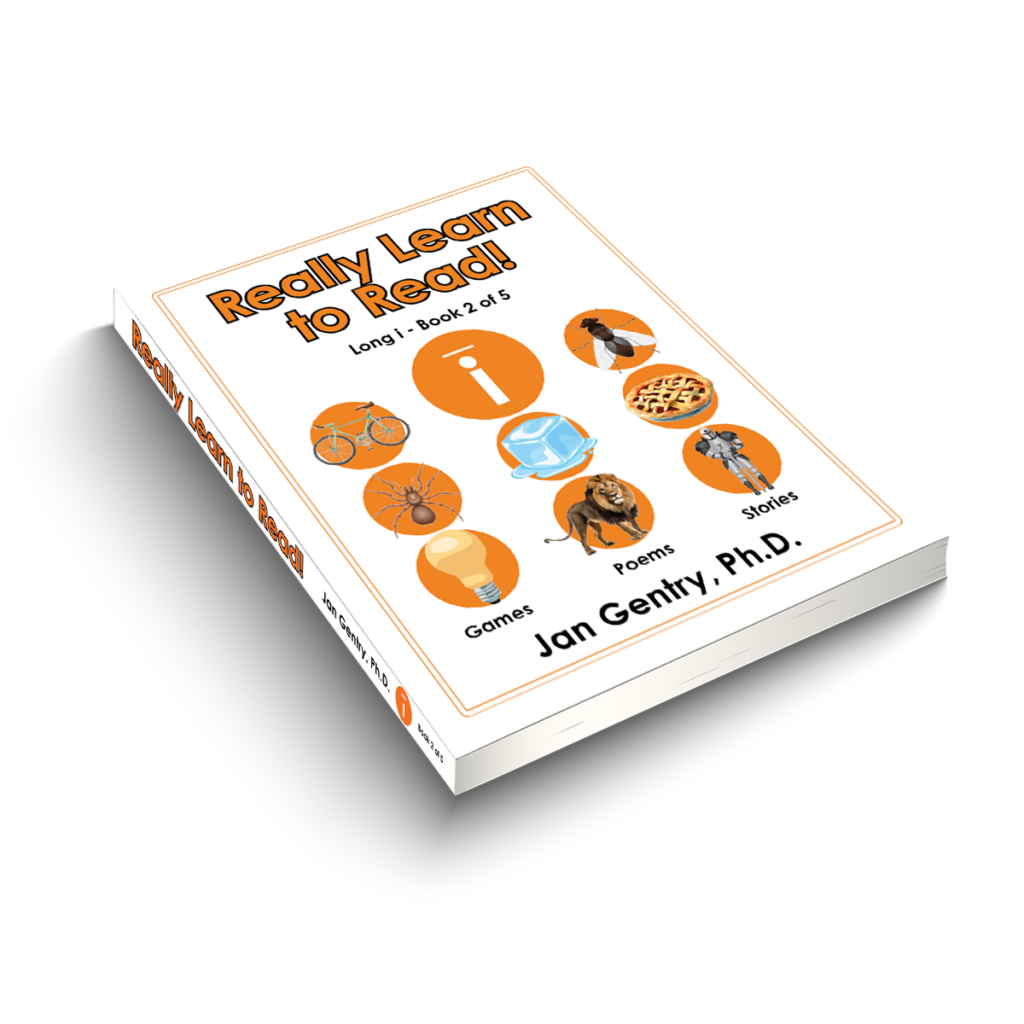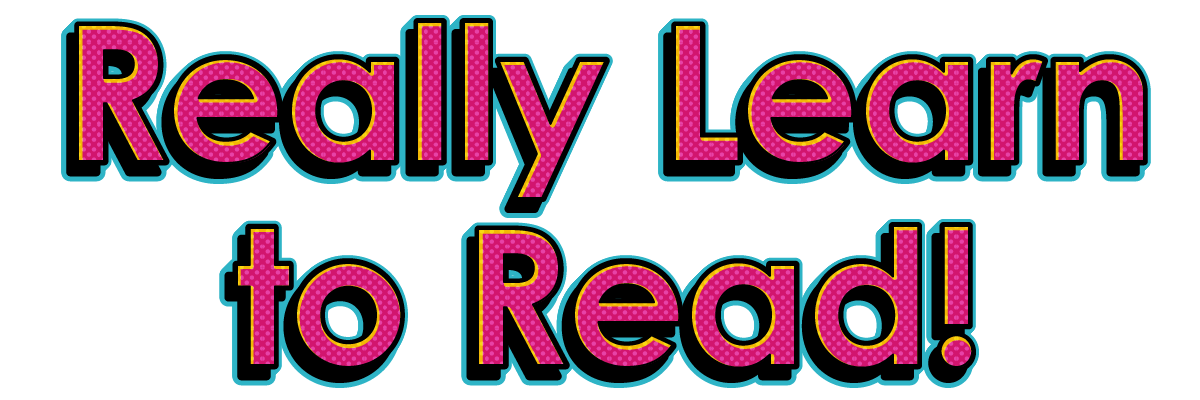Long Vowels Series
Continuing the systematic phonics-based approach to reading, The Long Vowels Series of 5 sequential reading activity books are secondary in further enhancing readers with the foundation of fluent reading. Although the sounds of long vowels easily match their spoken names, the same sounding words (homophones) can have various spellings (by – buy – bye). Learning the many varied long vowel patterns helps develop core skills in phonics, reading, vocabulary, comprehension, and spelling. Like the Short Vowels Series, all lessons have colorful graphics, silly poems, engaging stories, activity questions, and drawing activities. Readers are challenged to make rhyming word families (ex.- dime, lime, time), acquire new sight words, and apply them in various structured activity sections.
Phonics-based Reading Lessons
Same as in the Short Vowels Series, readers progress through grade levels and comfortably advance through the literal, inferential, and evaluative comprehension levels. The basic literal level of understanding involves reading facts and recalling information. Readers find answers directly stated in the text and are assured that there is only one right answer. As learners developmentally proceed to the inferential comprehension level, they are eased into deeper thinking with drawing conclusions and making inferences from information not directly stated. Readers gently advance to the evaluative comprehension level as they more deeply understand information that requires making judgment based on facts, as well as supporting viewpoint with personal and opinionated answers.
Sequential Learning
Following the book order of the Long Vowels Series is crucial for learners to successfully recognize vowel group families, transfer their phonetic sounds for reading fluency in decoding new words, increase sight word recognition and vocabulary, strengthen comprehension skills, and display spelling accuracy. Upon completion of Book 5, readers will have developed highly advanced skills in comprehending factual text about important people, events, history, science, and other content areas. Also, readers will have mastered even more meanings of occasional inflected endings, prefixes and suffixes, contractions, compound words, abbreviations, cardinal and ordinal numbers, dates, idioms, and word symbols. The order of this series is as follows:
The order of this series is as follows:






